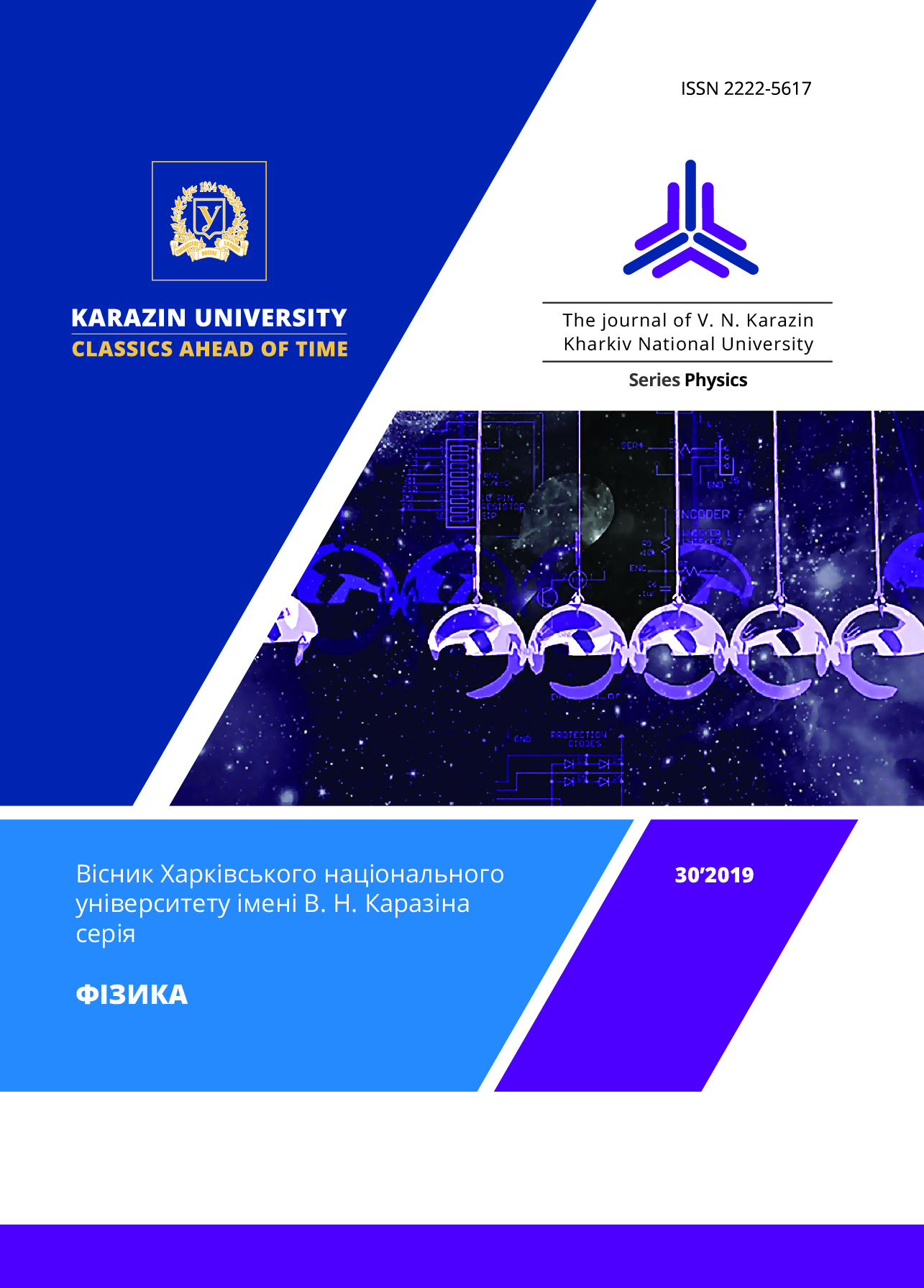Reflected energy flux anomaly under grazing incidence: the Brewster angle analogy
Abstract
The paper presents thorough theoretical and numerical analysis of the anomalies accompanying light diffraction on periodical
structures (gratings). We have developed appropriate theoretical approach allowing to consider strong anomalous effects. Obtained
results are presented in the form of analytical expressions for the quntities of interest, both diffracted field amplitudes and the
outgoing waves energy fluxes. It is proved existence of the fluxes extrema at the specific grazing angle of incidenceб or wavelength.
Namely, the specular reflection can be suppressed even for rather shallow gratings up to approximately total suppression.This effect
is accompanied by essential energy redistribution between all outgoing waves depending on the grating profile. It is of essence that
the energy maxima exist in all nonspecular diffraction orders at the same point (angle, wavelength) as the minimal specular
reflectivity. For small period gratings, such that there do not exist other outgoing waves except the specular one, the reflectance
minimum is attended by approximately total absorption of the incident radiation. Thus, we show that the grazing anomaly (GA) can
be accompanied by redirection of the incident wave energy into nonspecular diffraction channels and into absorption. The results are
applicable in the wide spectral region, from visible and near-infrared to terahertz and high-frequency regions for metals and
semiconductors with high permittivity.
The anomaly considered is well expressed for high electromagnetic contrast of the adjacent media, say, air and metal or
semiconductor. Then the high contrast is due to the high value of the metal/semiconductor dielectric permittivity , 1 , and the
anomaly corresponds to incidence of TM polarized wave. It is shown that the grazing anomaly (GA) is of rather general type and can
take place if other than the specular diffraction order experiencies grazing propagation also. This property follows from the results
obtained by strict application of the optical reciprocity theorem to the geometry under consideration.
The specific case of harmonic relief grating is discussed in detail. It is demomstrated existence of the characteristic
inclination, cr a , of the relief inclinatuion for the grating period comparable with the incident radiation wavelength, 1 cr a ,
where stays for the surface impedance, 1 . The condition cr a a , or greater, corresponds to highly expressed GA. The
theoretical results are illustrated by numerical applications to gratings on Cu\vacuum (air) interface in THz region.
The results obtained can be simply transferred to the TE polarized waves. For this we have to consider the adjacent media
with high contrast magnetic properties, i.e., high value of the magnetic permeability , 1 . This case is of high interest for
nowaday applications in nanophotonics and metamaterials development.
As compared with other anomalies GA is attributed to the resonance-type behaviour of the energy flux, not wave amplitudes,
the latter change monotonically within this anomaly contrary to the well known Rayleigh and resonance anomalies, where the wave
amplitude experiences fast nonmonotonous dependence on the angle of incidence and wavelength.
Downloads
References
R. W. Wood, XLII., Philos. Mag. 4, 396 (1902)
Lord Rayleigh, III. Philos. Mag. 14, 60 (1907);, Proc. Roy. Soc. A 79, 399 (1907)
U. Fano, JOSA 31, 213 (1941)
A. Hessel and A. A. Oliner, Appl. Opt. 4, 1275 (1965)
R. W. Wood, Phys. Rev. 48, 928 (1935)
G. M. Gandelman, P. S. Kondratenko, JETP Lett., 38, 246 (1983).
G. Korn, S. Poize, R. Giither, L. Schaefer, and L. Tesch, , Sov. J. Quantum Electron. 15 (1), Jan. 1985
A. M.Tymchenko, V.K. Gavrikov, I.S. Spevak, A. Kuzmenko, A. V. Kats, Applied Physics Letters 106, 261602 (2015); doi: 10.1063/1.4923419
R. Petit, M. Neviere, Light propagation in periodic media. Differential Theory and Design, Marcel Dekker publisher, New York (2003).
Osamu Takayama et al, Electromagnetics, 28, Issue 3 (2008). dx.doi.org/10.1080/02726340801921403
A. V. Kats, V. V. Maslov, JETP, 62, No. 2, 496 (1972).
Alexandre V. Tishchenko, 14 September 2009, 17, No. 19, Optics Express 17102 (2009).
A. V. Kats, P. D. Pavitskii, I. S. Spevak, Radiophysics and Quantum Electronics, 35, No. 3–4 (1992).
A. V. Kats, P. D. Pavitskii, I. S. Spevak, JETP, 78, No. 1, p.79 (1994).
A. V. Kats and I. S. Spevak, Phys. Rev. B 65, 195406 (2002). DOI: 10.1103/PhysRevB.65.195406.
L. D. Landau and E. M. Lifshits, Electrodynamics of continuous media. (Pergamon, Oxford, 1977).
E. D. Palik ed., Handbook of Optical Constants of Solids,Academic, Orlando, 1985.
Eugene K. Popov, Lyuben B. Mashev, and Erwin G. Loewen, APPLIED OPTICS 28, No. 5 (1989).
R. J. Potton, Rep. Prog. Phys., 67, No. 7, pp. 717–754 (2004).
A. A. Kuzmenko, A. V. Kats, International Young Scientists Forum on Applied Physics (YSF-2015).








3.gif)
